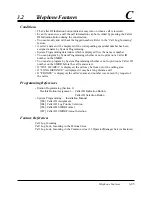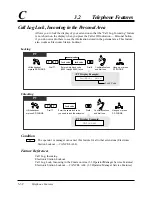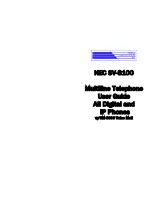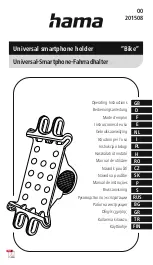
3-26
Telephone Features
C
3.2
Telephone Features
Call Log, Incoming
If a call is not answered, the incoming outside call information from the Caller ID
service*
1
is automatically logged in the system and the Caller ID Indication button
indicator lights. There are two kinds of call log areas available in the system. One is the
personal area, which stores call logs for each extension. The other is the common area,
which stores call logs for the system. A call comes directly to a certain extension is stored
in the extension’s personal area. A call for multiple extensions and a call via the DISA
Intercept Routing feature is stored in the common area. To check the caller’s information
stored in the personal area, you need to assign the Caller ID Indication — Personal
button. For common area, the Caller ID Indication — Common button is necessary. Up to
20 calls can be logged in each personal area and up to 300 calls in the common area.
When the call log in the personal area is full (20 calls are stored), you can select how the
21st call is treated. Either a new call can be disregarded or the new call can overwrite the
oldest call that have been already confirmed (Default: Record the new call.). As for the
common area, only the operator or manager can control this. (Refer to “The 301st Call
Log, Incoming in the Common Area Treatment” in section 3.3.)
Overwriting the call log in the personal area
PT
Dial #.
Dial 7371.
Lift the handset or press
SP-PHONE.
Hang up or press
SP-PHONE.
Confirmation tone
and dial tone
1
3
7
7
<PT Display Example>
Incoming Log On
PT
Dial #.
Dial 7370.
Lift the handset
or press SP-PHONE.
Hang up or press
SP-PHONE.
Confirmation tone
and dial tone
0
3
7
7
<PT Display Example>
Incoming Log Off
Disregarding the 21st call in the personal area
















































